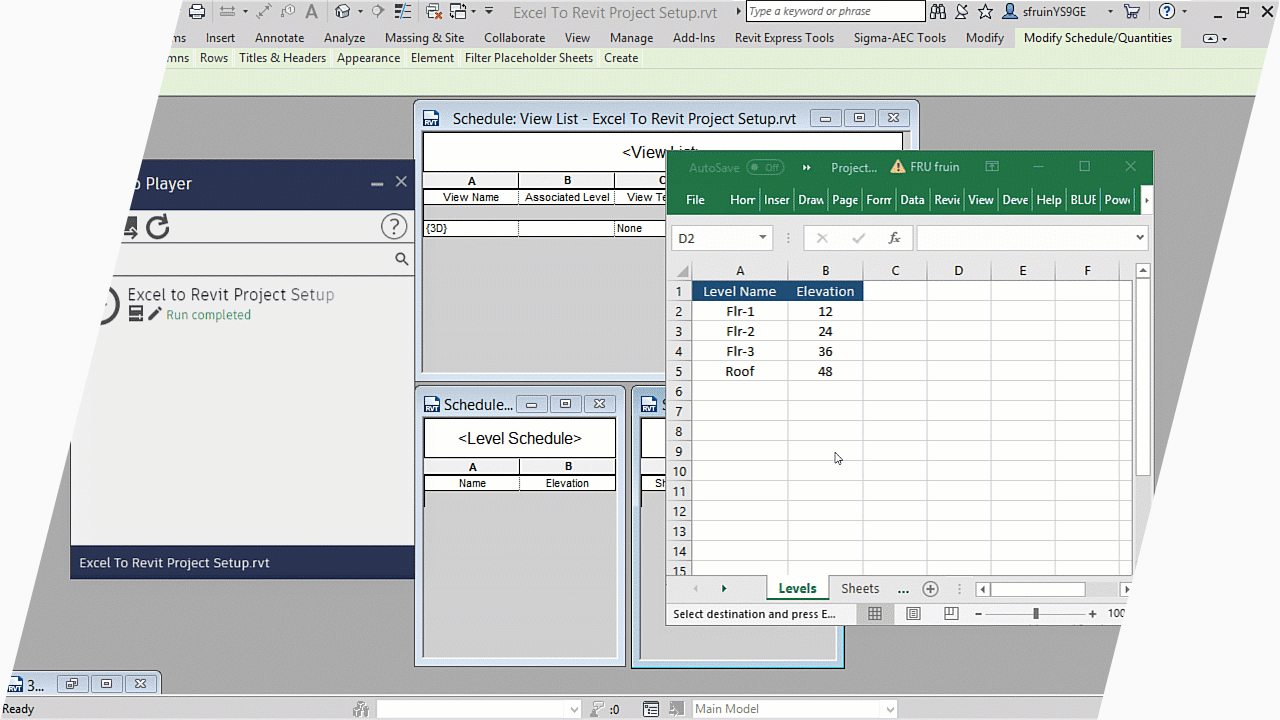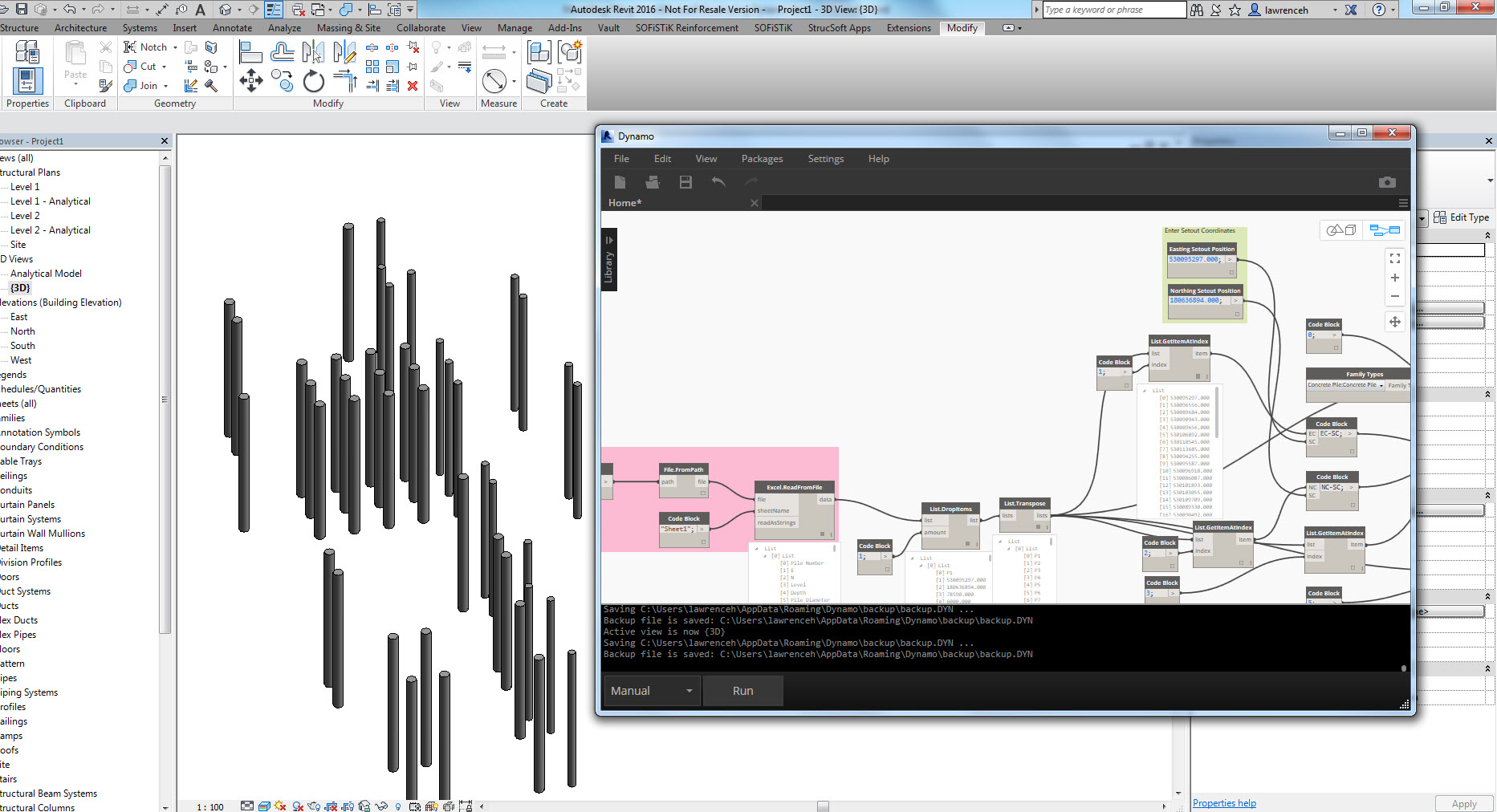Revit Tool Choice for Streamlined Modeling and Style
Wiki Article
Grasping the Art of Information Integration: How to Seamlessly Import Excel Info Into Revit
Are you battling to import Excel files right into Revit efficiently? Look no more! In this post, we will certainly direct you through the process of mastering the art of data assimilation. Discover the importance of seamless combination in Revit and discover the Excel file layout for Revit combination. Obtain all set to prepare your Excel data effortlessly and follow our step-by-step overview to import documents right into Revit. With our best methods, you'll accomplish data integration success quickly. Allow's begin!Understanding the Significance of Data Integration in Revit
Understanding the significance of data integration in Revit is critical for smooth importing of Excel documents. When you incorporate information from Excel right into Revit, it permits you to successfully take care of and upgrade details throughout the whole job. This integration makes certain that your design and construction process is exact and current.By incorporating data, you can quickly import and update criteria, schedules, and even geometry in Revit. This eliminates the requirement for manual data entry, saving you time and decreasing the threat of errors. With Revit's data integration capabilities, you can preserve consistency and accuracy in your job, while likewise enhancing collaboration among employee.

Checking Out the Excel Data Style for Revit Assimilation

In order to efficiently integrate Excel data right into Revit, it is critical to guarantee that the information is formatted properly. This includes effectively identifying columns and rows, in addition to structuring the data in such a way that is compatible with Revit's information schema. Revit uses certain criteria and groups to arrange information, so it is essential to straighten the Excel data with these specifications to make sure a smooth assimilation.
In addition, it is very important to note that Revit just supports specific data types when importing from Excel. These consist of message, numbers, and days. Any kind of other data types, such as formulas or conditional format, will not be recognized by Revit and might cause problems throughout the assimilation procedure.
Preparing Your Excel Information for Seamless Import Into Revit
To make certain a smooth assimilation process, you'll require to effectively layout and label the columns and rows in your Excel data prior to importing it into Revit. Start by analyzing your Excel data and determining which columns and rows consist of appropriate information for your Revit task.Next, make certain that the data in each column is appropriately formatted. For instance, if you have a column for measurements, make sure that all measurements are constantly formatted in the same systems of dimension. Revit depends on consistent format to accurately analyze and import data.
In addition, it is essential to check for any kind of empty cells or variances in your information. Revit may not be able to read or import data from cells that are empty or have errors. For that reason, it is advised to evaluate your Excel data and cleanse up any type of inconsistencies before importing it right into Revit.
Step-By-Step Guide to Importing Excel Files Into Revit
Once you've correctly formatted and labeled your Excel information, you can easily import it into Revit by following this detailed guide. To begin, open Revit and navigate to the "Insert" tab. import excel into revit.Following, a dialog box will certainly show up, enabling you to tailor the import setups. Below, you can choose the worksheet you want to import, specify the series of cells to import, and choose the proper units for your data. As soon as you have actually made your selections, click "OK" to proceed.
Revit will currently present a preview of your Excel information. Take a minute to guarantee and evaluate the preview that everything looks correct. If required, you can make changes to the import settings by clicking the "Setups" switch.
Finest Practices for Information Assimilation Success in Revit
See to it you adhere to these finest techniques to make certain successful combination of information in Revit. Most importantly, it is critical to organize your information in Excel before importing it into Revit. This means making sure regular naming conventions, appropriate formatting, and exact information depiction. Next off, use Revit's integrated tools for data mapping. This will permit you to match the columns in your Excel data with the equivalent specifications in Revit. Be mindful of the data and devices types when mapping the information, as any type of discrepancies can lead to mistakes in the integration process.One more important technique is to on a regular basis verify and update your information. Additionally, make usage of data recognition tools within Revit to identify any kind of errors or incongruities in the incorporated data.
Finally, it is recommended to you can find out more develop a clear workflow for information integration. This consists of specifying duties and functions, setting up an interaction channel between employee, and developing a regular tempo for data updates and evaluations. By following these finest techniques, you can make sure a smooth and effective integration of data in Revit, inevitably boosting the efficiency and accuracy of your visit this page job.
Conclusion
Finally, understanding the art of data combination is essential for smooth import of Excel submits into Revit. Comprehending the value of information integration in Revit is the primary step in the direction of successful combination. Checking out the Excel data style for Revit assimilation helps in comprehending the demands and constraints. Preparing the Excel data appropriately and adhering to a detailed overview is important for a smooth import process. By complying with ideal techniques, you can ensure data integration success in Revit and make the most out of your job.When importing data from Excel into Revit, it is important to understand the file format and how it can influence the assimilation procedure (revit tools). Revit uses particular parameters and categories to organize information, so it is crucial to line up the Excel data with these parameters to ensure a smooth assimilation
Be mindful of the information and systems kinds when mapping the information, as any type of discrepancies can lead to mistakes in the assimilation process.
Visit This Link Additionally, make usage of information validation devices within Revit to determine any type of errors or disparities in the integrated data.

Report this wiki page